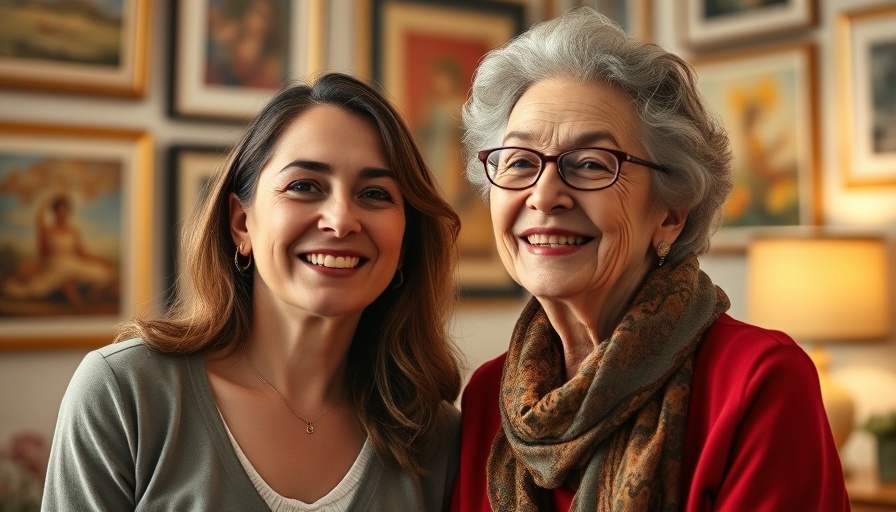
Addressing Elder Homelessness: An Alarming Trend
As the sun sets on yet another day across America, increasing numbers of elderly individuals are confronting the harsh reality of homelessness. Stories like that of 82-year-old Roberta Rabinovitz, who found herself without stable housing after losing family members and navigating life's challenges, paint a stark picture of a growing national concern. In 2024, nearly 1 in 5 homeless individuals were aged 55 and older, underscoring the alarming trend of elder homelessness that demands immediate attention.
Understanding the Crisis: Factors Leading to Elder Homelessness
The spike in elderly homelessness can be attributed to multiple factors, including rising housing costs, stagnant wages, and unexpected life challenges. Sandy Markwood, CEO of USAging, highlights the fragility of senior finances; a single unexpected event—be it a bereavement, a health crisis, or an increase in rent—can push elderly individuals over the edge. Moreover, many seniors who once had financial stability might find themselves unable to keep up with growing property taxes and maintenance costs, leading to a precarious living situation.
Health Care Organizations Stepping Up
The PACE (Program of All-Inclusive Care for the Elderly) organizations are expanding their mission. Understanding that health cannot be sustained without a safe home, these organizations are now venturing into housing assistance, making substantial efforts to provide secure living arrangements for their clients. Foreseeing that many of the elderly will require both health services and safe housing, PACE groups are emerging as critical players in ameliorating this crisis.
Investing in Housing: A Shift for Health Care Providers
In major cities like New York and Denver, health care institutions are starting to invest directly in affordable housing initiatives. This strategic pivot acknowledges that health outcomes are directly related to stable living conditions. The integration of health care services with housing strategies can fortify the safety nets for vulnerable populations, thereby reducing the incidence of homelessness among seniors.
Proactive Steps Towards Solutions
Combatting elder homelessness isn’t just about response; it requires proactive measures, including policy changes and community engagement. Local governments and nonprofits must work collaboratively to create affordable housing options and increase senior support services. Elders themselves can be empowered through education on available resources, ensuring they know where to seek help and secure their well-being.
The Human Element: Stories That Matter
Each statistic represents a profound human story. Roberta's journey from couch-surfing to finding housing with the support of her local PACE organization reiterates the importance of community resources. Such stories not only shed light on this issue but also illustrate the transformative power of support systems. Every initiative aimed at aiding seniors can change lives in meaningful ways.
Call to Action: How You Can Help
It’s pivotal we raise awareness about elder homelessness and advocate for policies that support aging populations. Consider volunteering or donating to local agencies focused on housing for seniors, and connect with organizations that work tirelessly to provide assistance. Every effort counts in addressing what some argue is one of the greatest scandals of our time—elderly individuals living without homes.
 Add Element
Add Element  Add Row
Add Row 



Write A Comment